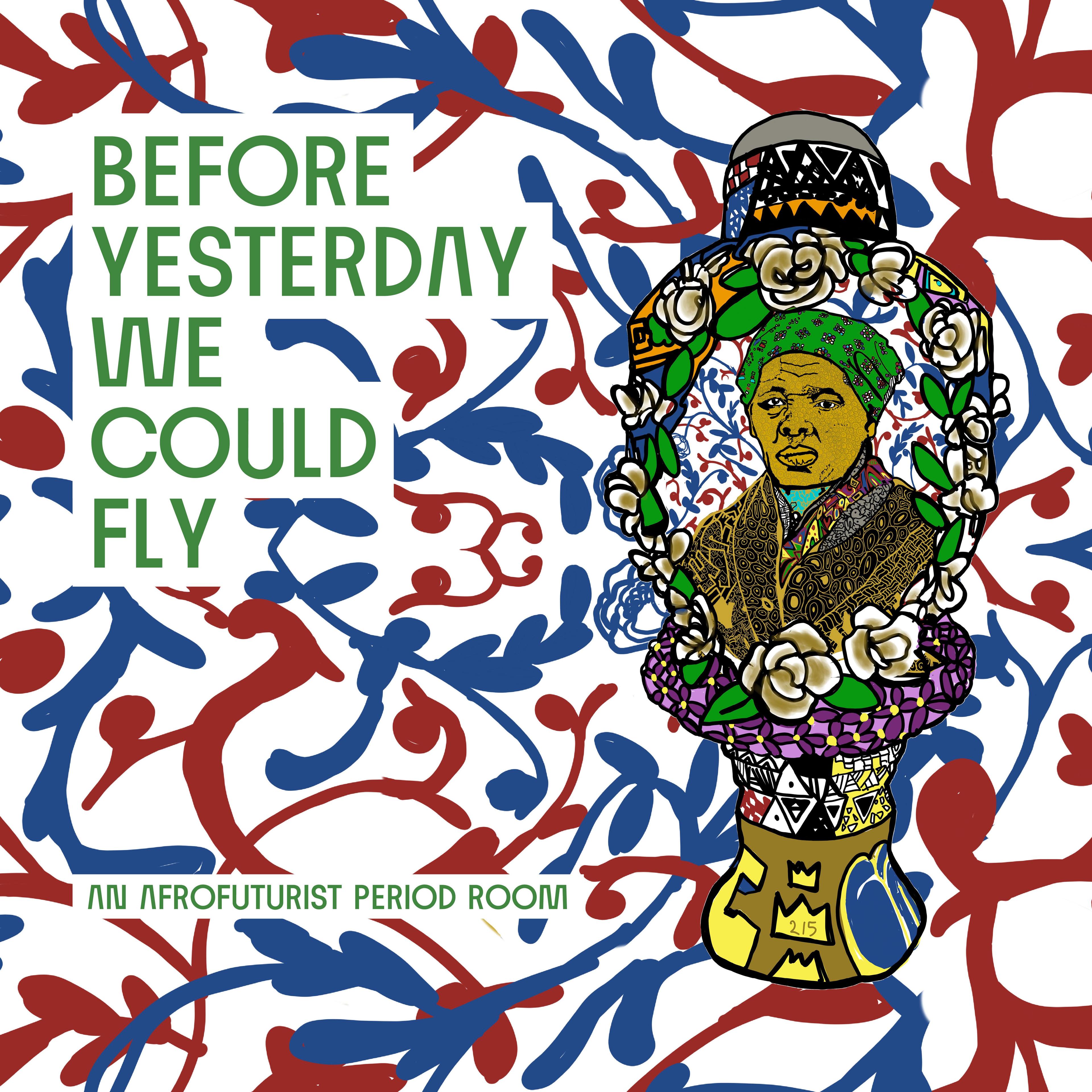Introduction
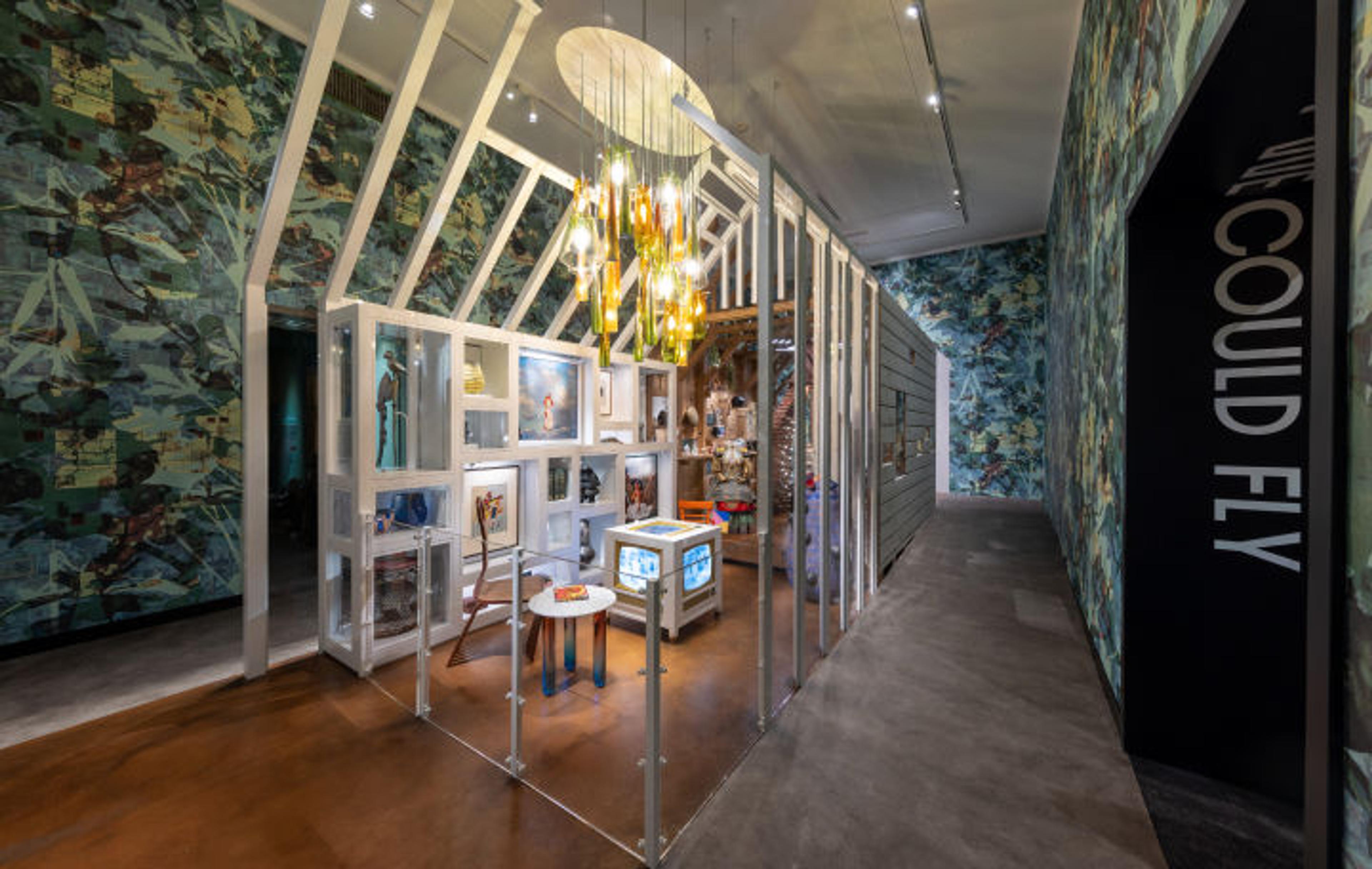
Land Acknowledgment
As we remember and honor the community of Seneca Village, we also recognize that its site—as well as that of The Met—lies in Lenapehoking, ancestral homeland of the Lenape diaspora. Dutch and British settler colonialists began to displace and forcibly migrate the Lenape more than two hundred years before the destruction of Seneca Village, yet we note the historical erasure that connects both communities. We also respectfully acknowledge both the Lenape and Seneca Village descendants—past, present, and future—for their ongoing relationships to the region and their unalterable contributions to the life and rich heritage of this city.
Seneca Village—a vibrant nineteenth-century community of predominantly Black landowners and tenants—flourished in an area just west of The Met, in what is now Central Park. By the 1850s, the village comprised some fifty homes, three churches, multiple cemeteries, a school, and many gardens. It represented both an escape from the crowded and dangerous confines of lower Manhattan and a site of opportunity, ownership, freedom, and prosperity. In 1857, to make way for the park, the city used eminent domain to seize Seneca Village land, displacing its residents and leaving only the barest traces of the community behind.
This house has roots in the homes of Seneca Village, of which only a fragmented history remains. Like other period rooms throughout the Museum, this installation is a fabrication of a domestic space that assembles furnishings to create an illusion of authenticity. Unlike these other spaces, this room rejects the notion of one historical period and embraces the African and African diasporic belief that the past, present, and future are interconnected and that informed speculation may uncover many possibilities. Powered by Afrofuturism—a transdisciplinary creative mode that centers Black imagination, excellence, and self-determination—this construction is only one proposition for what might have been had Seneca Village been allowed to thrive into the present and beyond.
In keeping with the collaborative spirit of Afrofuturism, The Met’s curatorial team worked with lead curator Hannah Beachler, who envisioned and designed this space with consulting curator Michelle Commander. Since 2019, the group has engaged numerous creative and intellectual partners to infuse the installation with additional ideas and perspectives. Here, at a vital intersection at the heart of the Museum, this project opens a space for yet more histories to be told that look toward a more resilient future.
Introduction — Gallery Wallpaper
Njideka Akunyili Crosby’s work begins with a layer of photographic transfers. Her design for this gallery’s verdant backdrop combines images of the 1856 hand-drawn survey map of Seneca Village and nineteenth-century ambrotype portraits of Black New Yorkers, which are then juxtaposed with more contemporary images from the African diaspora. Overlaying this imagery is the lush foliage of an okra plant, a crop with nourishing power and potent symbolism. Originating in sub-Saharan West Africa and carried across the sea during the Middle Passage, okra embodies not only that brutal displacement but also the multitude of culinary and cultural traditions that have endured and thrived on American shores.
Selected Artworks
Press the down key to skip to the last item.
Kitchen and Hearth
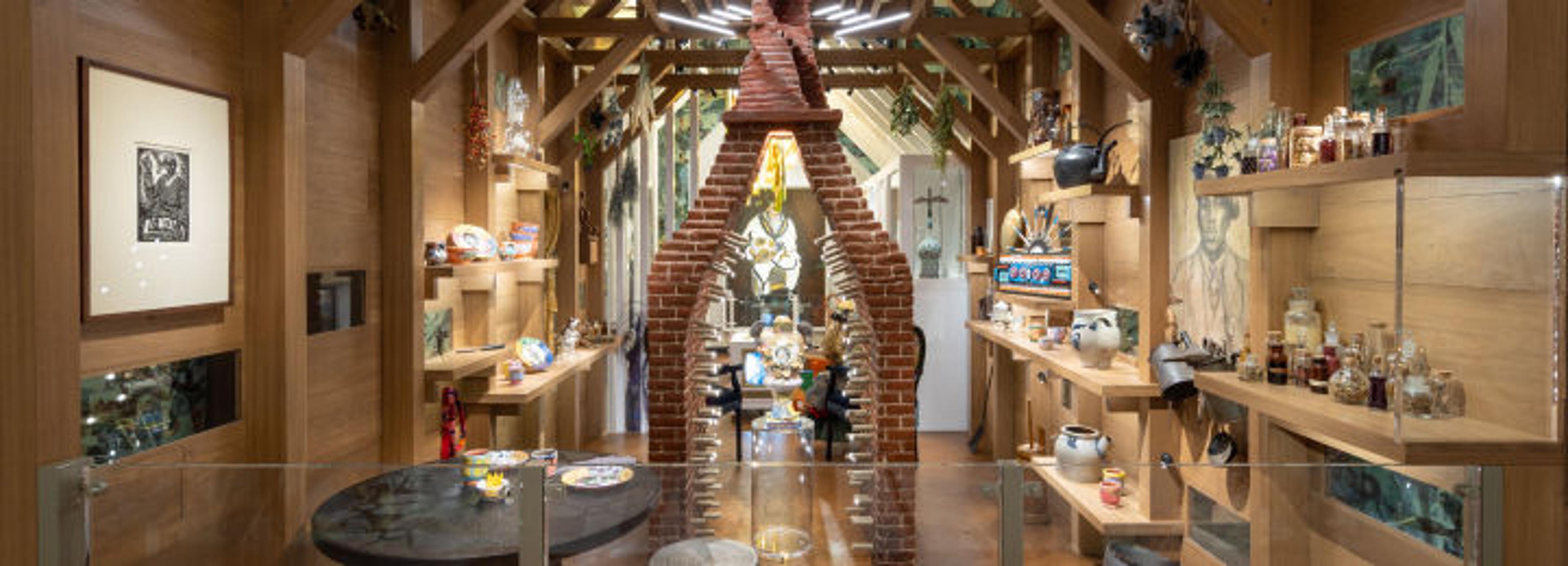
Descendants of the gardeners, herbalists, and experimentalists of Seneca Village, the imagined residents of this home used their knowledge of technology, science, and magic to develop a means of time travel, which has allowed them to gather works of art from across time and space. This kitchen is the locus of these activities, centered around a large brick hearth that operates as the portal through which these objects enter the home.
Inside the fireplace is Roberto Lugo’s Digable Underground. Lugo is renowned for his vibrant reinterpretations of eighteenth- century European porcelain forms, which he reimagines through the lens of contemporary hip-hop culture and embellishes with graffiti and kente prestige cloth patterns. His works center the portraits of heroes whose visages do not often adorn fine porcelain or whose stories are too often absent from such luxurious wares. Here, nineteenth-century abolitionist Harriet Tubman faces the kitchen and contemporary singer-songwriter Erykah Badu looks into the living room; together, they reflect the ways that the kitchen acts as a site of temporal confluence—a merging of past and present into future possibilities.
Selected Artworks
Press the down key to skip to the last item.
Kitchen — West Wall
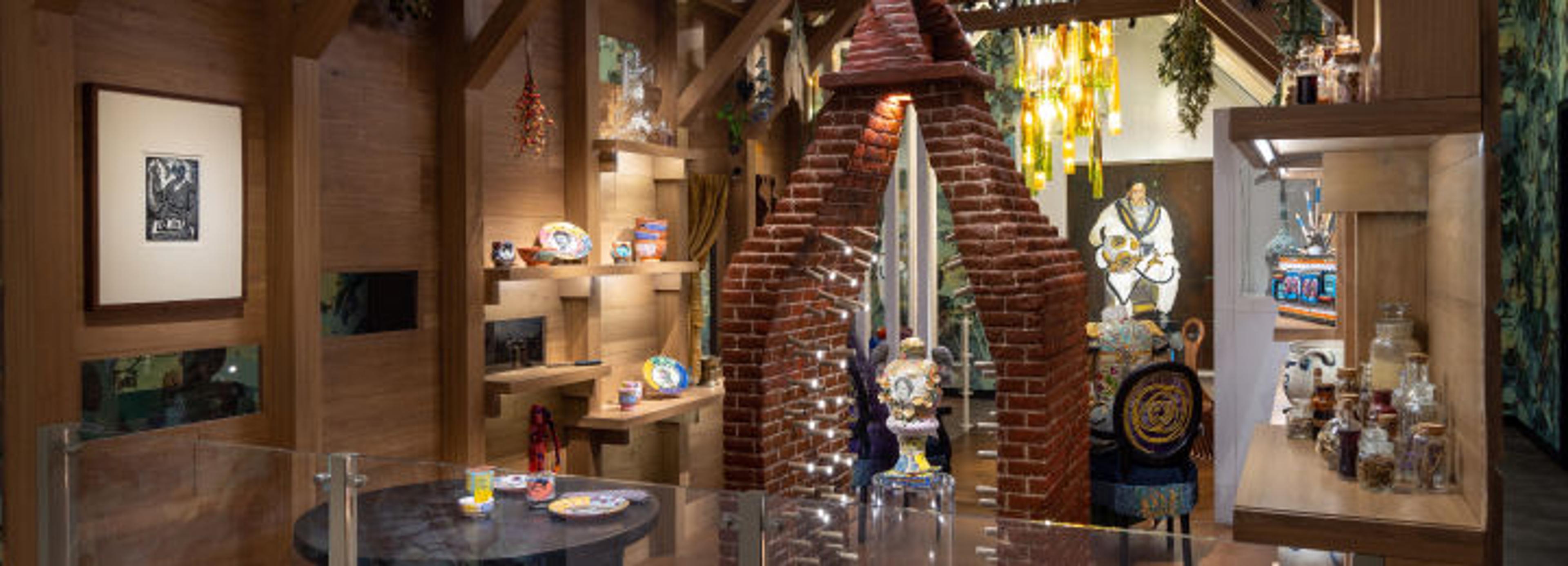
See below for featured artworks.
Selected Artworks
Press the down key to skip to the last item.
Kitchen — East Wall
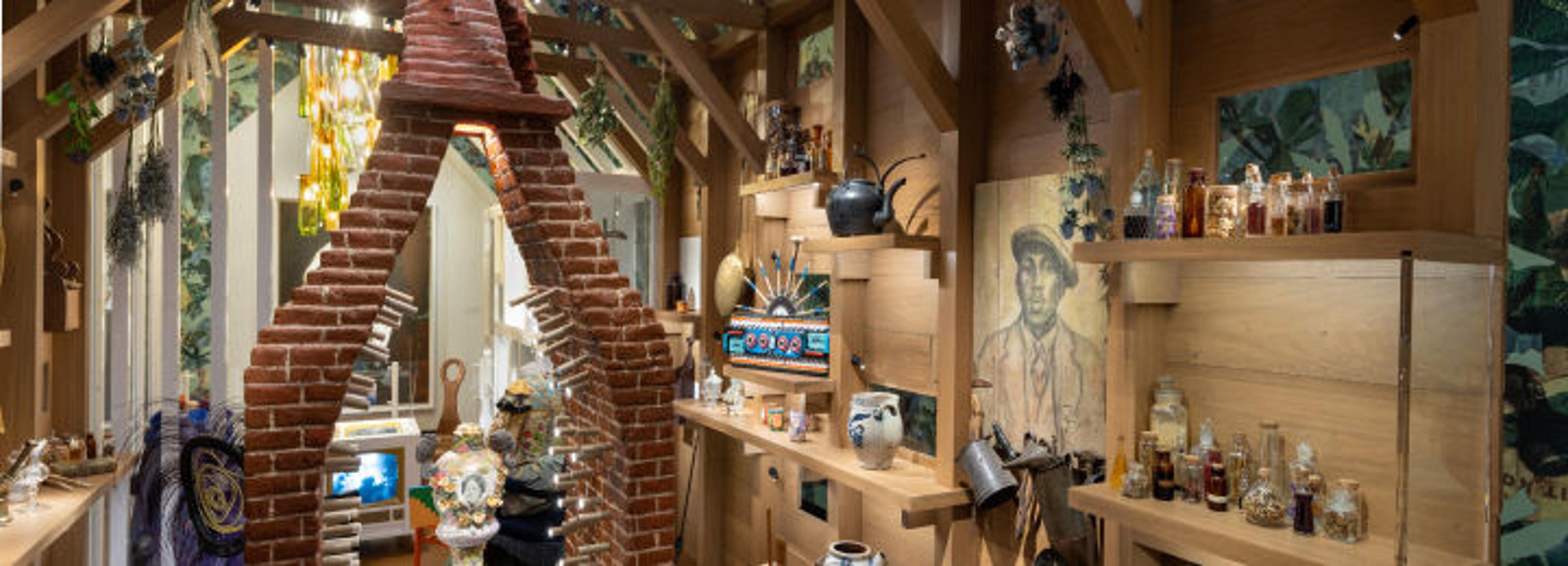
See below for featured artworks.
Selected Artworks
Press the down key to skip to the last item.
Living Room and Television

If the imagined residents of this house acquired works of art from across space and time, what might they choose? The group of objects assembled here—selected as physical markers of the Black imagination—is only one of countless possible answers to this question. Just as a monumental hearth is at the center of the kitchen’s activities, a five-sided television marks this more futuristic space as a source of information, inspiration, and connection to the multiple pasts, presents, and futures from which these objects might have been collected.
This kaleidoscopic device is an homage to the console televisions of the mid-twentieth century, which beamed so many monumental events into the home and served as a locus of storytelling and family life. It broadcasts a new work made especially for the room by Jenn Nkiru, a British-born filmmaker of Nigerian descent. Her videos celebrate the vibrant creativity and speculative vision of the African diaspora while exploring what she calls “cosmic archaeology,” a potentially mystical connection to history through visual memory.
Selected Artworks
Press the down key to skip to the last item.
Living Room — Bookcase
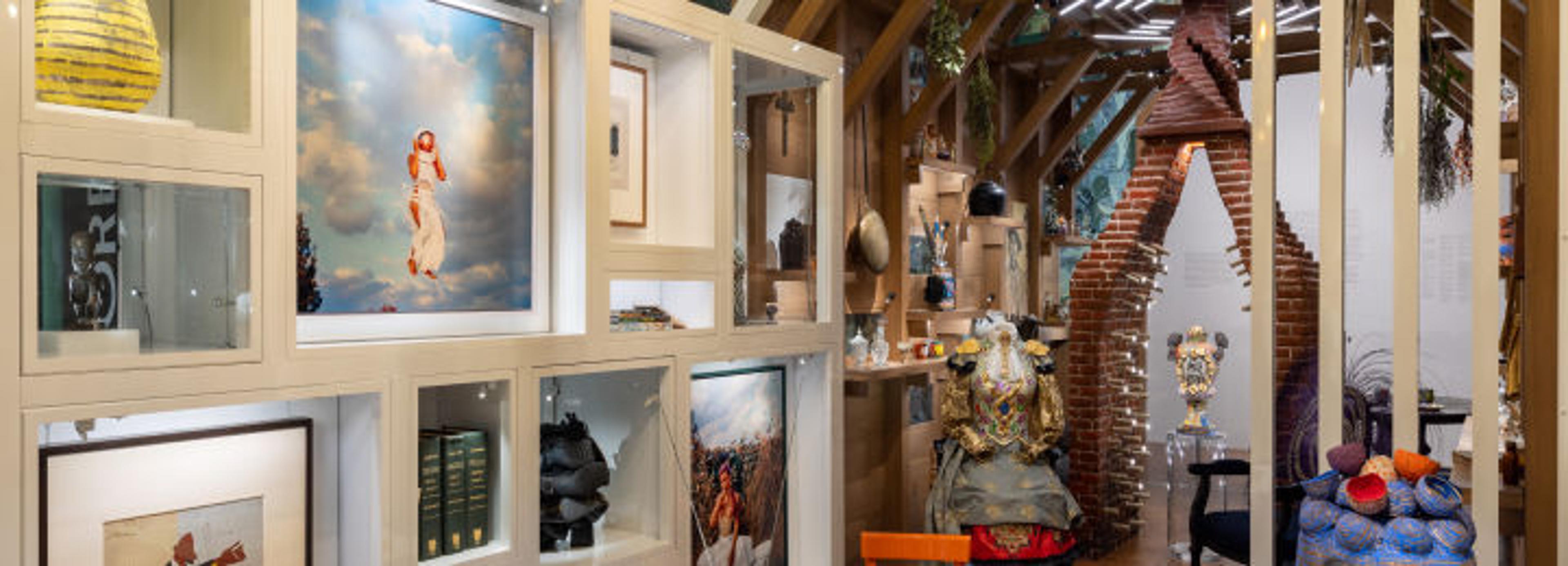
See below for featured artworks.
Selected Artworks
Press the down key to skip to the last item.
Living Room — North Wall
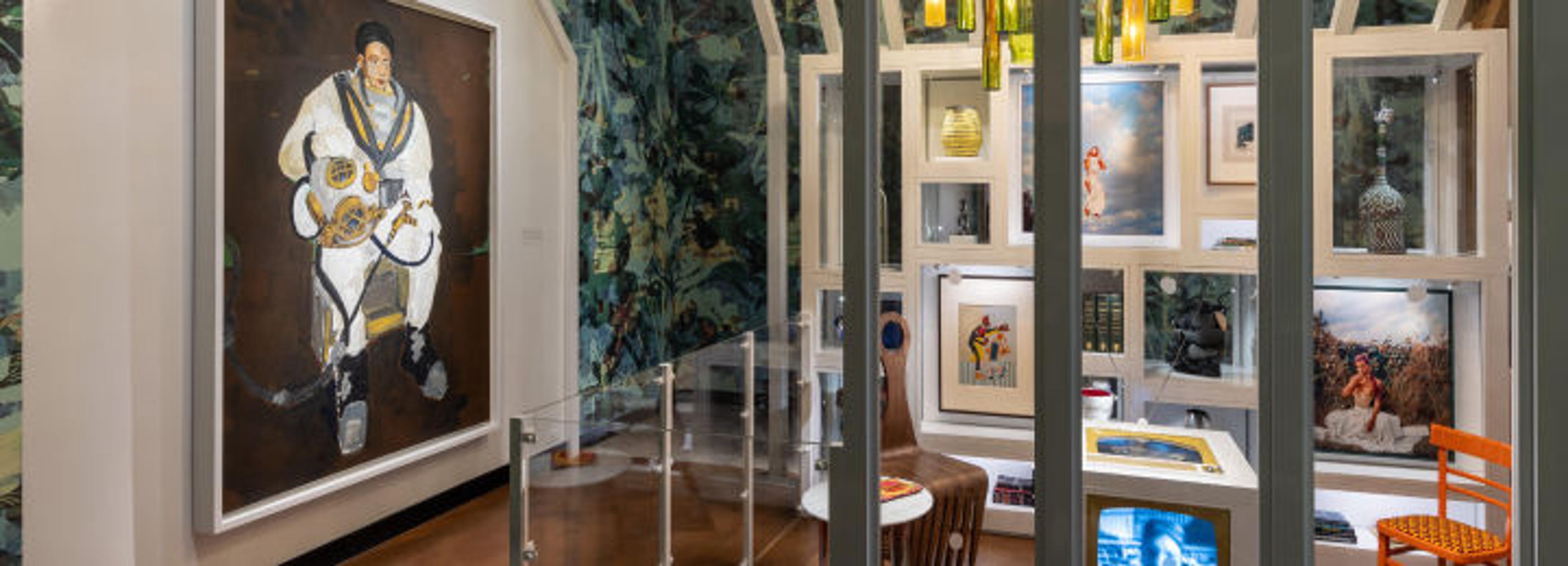
See below for featured artworks.
Selected Artworks
Press the down key to skip to the last item.
